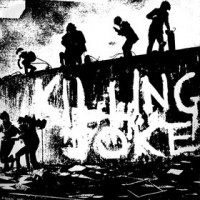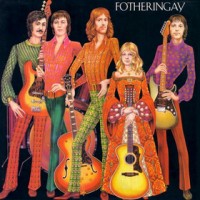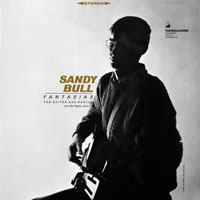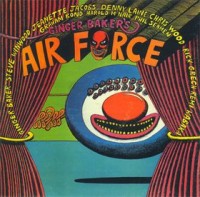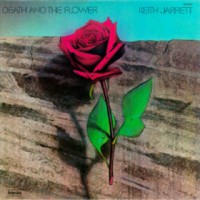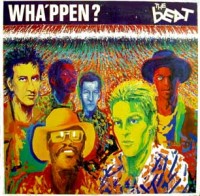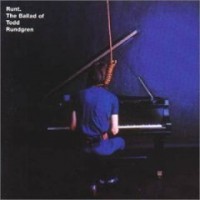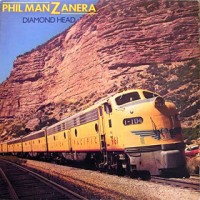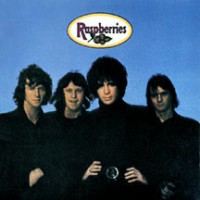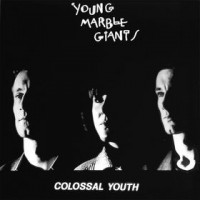
It must be twenty years ago since I first heard Colossal Youth by Young Marble Giants. I borrowed the album from a friend, fell in love with it and have spent the time in between trying to search out a copy. Okay, I may not have been trying too hard, but hunting down Colossal Youth was not as easy as you’d think. The problem was, by the time I got around to hearing the album, the band had been defunct for seven years. The trio consisting of brothers Stuart and Phillip Moxham and vocalist Alison Statton formed in Cardiff at the back end of 1978. They arrived out of nowhere, blew the socks off the majority of music journalists, recorded an intensely minimalistic album, were touted as one of the best new bands by the New Musical Express and fell apart amidst a flurry of bad feelings and irreconcilable differences. By early 1981 they had returned to relative obscurity leaving behind a small but perfectly formed body of work. The liner notes accompanying the album claim, because Young Marble Giants didn’t hang around for long, they were unable to sully their work with inferior product. There may be a kernel of truth in that but it does tend to detract from the fact what makes the statement true is the material they did produce had to be damn near perfect to begin with.
Where to begin describing the music of Young Marble Giants? There may be something clichéd and ho-hum about the statement but Colossal Youth is verging on the unique. Stepping outside music, imagine a wireframe designed to be the foundation on which layers of papier-mâché will be pasted to create a landscape. The music of Colossal Youth is the wireframe. It’s as if the band went into the studio, laid down the most basic of backing tracks, had an initial stab at a vocal and then made the astonishing decision that that was enough. The music is beyond minimal; at times just a few clipped notes on the guitar, a muted beat and a wispy vocal. The whole thing could be blown into oblivion by an interloping tinkle of a triangle. It’s incredible how so much substance and depth can be drawn from something so skeletal. There isn’t a wasted note on the whole album because there simply aren’t enough notes to waste. The band eventually folded due to a combination of the breakdown of the personal relationship between Phillip Moxham and Statton and the fact Stuart Moxham – the principal songwriter – had always wanted to sing his own material but had been persuaded by his brother to let Statton join. Eventually the cracks became too divisive to ignore and the Young Marble Giants went their separate ways. It’s a memorable document of a band whose star shone very brightly very quickly before just as swiftly burning itself out. Young Marble Giants were a band who exemplified the saying less is more – in their case a hell of a lot more. –Ian


